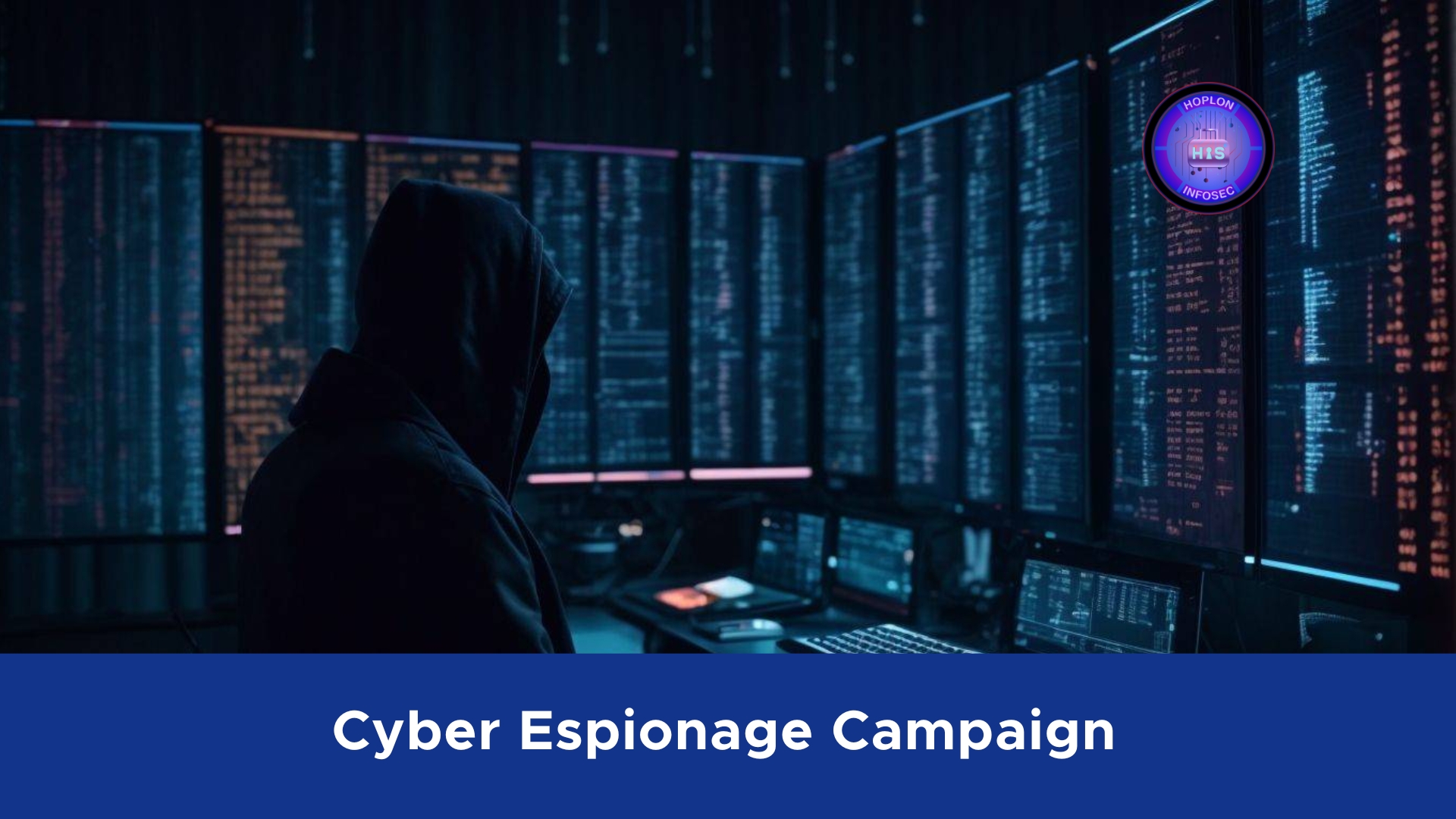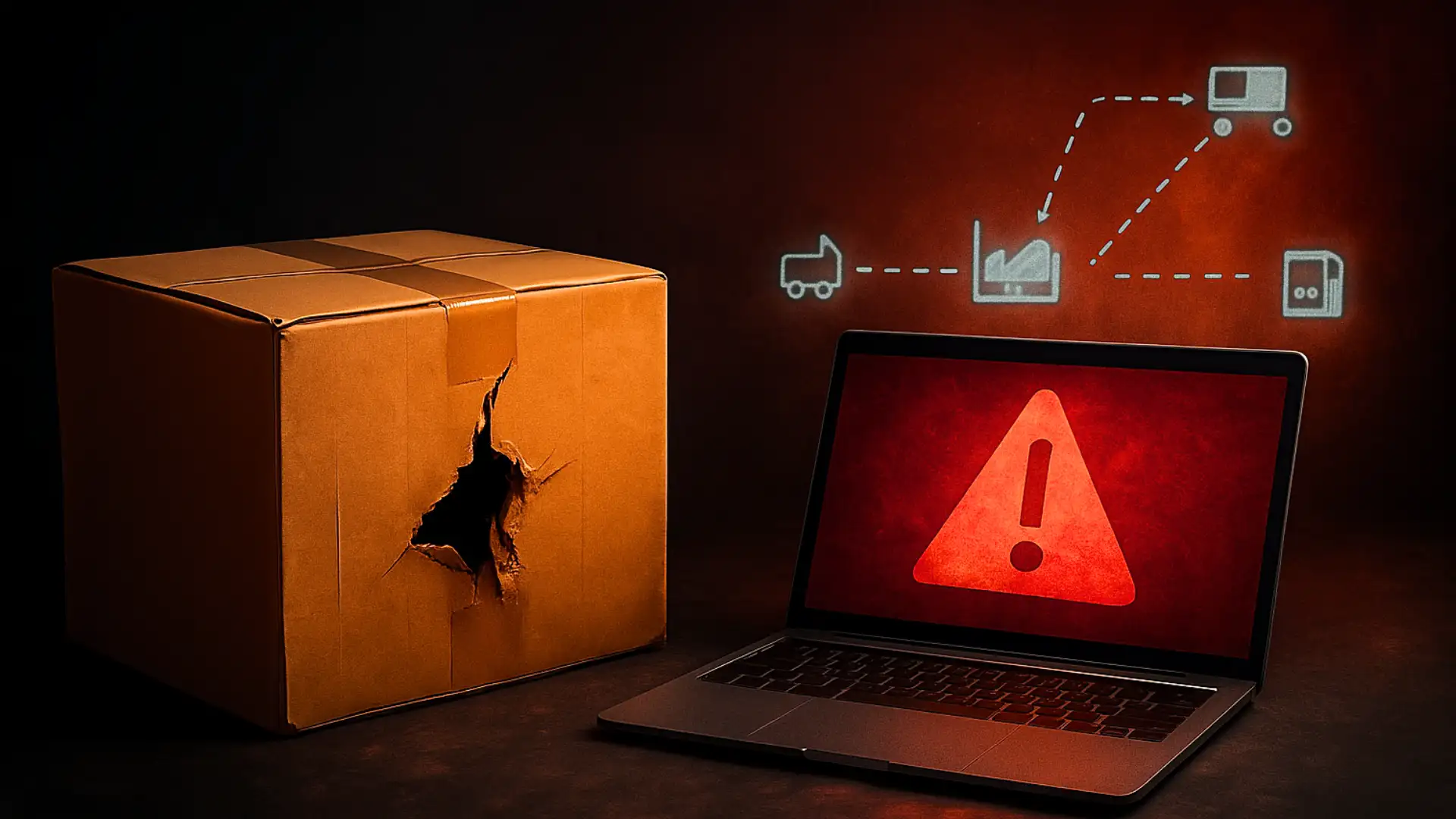Chinese cybersecurity authorities have accused the U.S. National Security Agency (NSA) of infiltrating Northwestern Polytechnical University (NPU)—a premier institution specializing in aerospace and defense research. According to joint reports released on February 18, 2025, by China’s National Computer Virus Emergency Response Center (CVERC) and cybersecurity firm Qihoo 360, the NSA’s highly specialized Tailored Access Operations (TAO) unit allegedly orchestrated a multi-year cyber espionage campaign against NPU between 2020 and 2022.
This detailed account explores the technical aspects of the alleged operation, examines the attackers’ methods, and discusses the broader implications of state-sponsored cyber espionage. It also highlights key lessons for cybersecurity professionals and policymakers alike.
Background: The Growing Threat of State-Sponsored Cyber Espionage

State-sponsored cyber espionage has become one of our most significant security challenges. Nations worldwide invest heavily in cyber capabilities to safeguard their interests, and the digital domain is increasingly used to collect intelligence, disrupt adversary operations, or gain strategic advantages.
Institutions involved in cutting-edge research—especially those in aerospace and defense—are desirable targets. Northwestern Polytechnical University, known for its advanced research and technological breakthroughs, falls squarely into this category. The alleged breach by the NSA, as reported by Chinese authorities, is not merely an isolated incident but part of a broader pattern of cyber operations conducted by state actors aiming to collect sensitive data and maintain a strategic edge.
The Alleged Operation: A Multi-Year Cyber Espionage Campaign
According to the joint reports, the operation lasted several years, with the initial compromise occurring in 2020 and continuing until 2022. The NSA’s TAO unit, long associated with sophisticated cyber intrusion operations, reportedly used over 40 bespoke malware strains to infiltrate NPU’s networks.
The reports indicate the operation was meticulously planned and executed, leveraging techniques such as zero-day exploits, compromised edge devices, and browser-hijacking frameworks. Each attack component was designed to bypass traditional security measures and remain undetected for an extended period.
One significant indicator linking the operation to the NSA was the temporal pattern of the activity. Chinese analysts noted that 98% of the intrusion activities occurred during U.S. workdays—between 9 AM and 4 PM EST—and paused on federal holidays. Additionally, linguistic artifacts, such as U.S. English keyboard inputs, further reinforced the connection to American operators.
Technical Breakdown: Methods and Tools Employed
A closer examination of the technical architecture used by the NSA’s TAO unit reveals a sophisticated multi-layered attack strategy.
Initial Access and the Use of Proxies
The attackers reportedly gained initial access by targeting Solaris-based servers in countries neighboring China. These servers, vulnerable to outdated or poorly secured Remote Procedure Call (RPC) services on x86/SPARC systems, were exploited using an automated tool called SHAVER. Once compromised, these servers served as proxies, masking the origin of subsequent phishing campaigns targeted at NPU staff. This initial foothold was critical in enabling lateral movement within the network while minimizing the risk of detection.
Advanced Network Surveillance and Traffic Redirection
Following the initial breach, the attackers deployed a network surveillance tool called SECONDDATE. Installed on border routers and firewalls, SECONDDATE intercepted and redirected internal traffic to a command-and-control platform known as FOXACID. FOXACID—a browser exploitation framework with origins tracing back to Snowden-era disclosures—was used to fingerprint victims’ devices and deliver zero-day payloads. When users accessed popular platforms like Bilibili, the malware was silently deployed, establishing a foothold without alerting the victims.
Sophisticated Malware and Backdoor Deployment
The TAO operators layered multiple forms of malware to maintain persistent access within the compromised network. Once the initial breach was achieved, additional backdoors were silently installed. Two notable examples include:
NOPEN
Designed for Linux and Solaris systems, NOPEN contained robust anti-analysis features that thwart forensic examination.
FLAME SPRAY
Tailored for Windows environments, FLAME SPRAY ensured that attackers could exploit Linux- and Windows-based assets within the network.
A critical moment in the investigation occurred when an NSA operator mismanaged a Perl script, inadvertently exposing a Linux directory path. This error confirmed the use of TAO’s proprietary tool directory structure, providing forensic analysts with further evidence linking the operation to the NSA.
Maintaining Persistence and Reestablishing Communication
The attackers maintained persistent access despite NPU’s cybersecurity team’s cleanup efforts. They deployed additional tools—namely STOIC SURGEON, a stealthy backdoor compatible with Linux and FreeBSD systems, and CUNNING HERETICS, which were responsible for reestablishing communication channels after cleanup. This multi-layered approach ensured that even if one access point was detected and remediated, other mechanisms kept the attackers in control.
Data Exfiltration Tactics
In the final stages of the operation, the attackers exfiltrated sensitive data using a toolkit codenamed OPERATION BEHIND ENEMY LINES. This toolkit was engineered to encrypt stolen files before exfiltration. The encrypted files were then routed through an intricate network of 54 proxy servers spread across 17 countries—including Sweden, Japan, and Mexico—making it exceedingly difficult for investigators to trace the data back to its source.
Analyzing the Technical and Operational Sophistication

The technical details revealed in the reports underscore the complexity and sophistication of modern state-sponsored cyber operations. The use of multiple bespoke malware strains, the integration of automated exploitation tools, and the strategic routing of exfiltrated data through international proxies all point to a high level of planning and execution.
Zero-Day Exploits and Advanced Malware
Zero-day exploits leveraging previously unknown vulnerabilities are a hallmark of advanced cyber operations. By exploiting such vulnerabilities, the attackers bypassed many conventional security measures that rely on known threat signatures. The deployment of more than 40 distinct malware strains underscores the significant resources and expertise available to the TAO unit.
Proxy Servers and Global Routing
Routing data through 54 proxy servers across 17 countries is a sophisticated obfuscation method. This delays the detection and analysis of the data exfiltration process and complicates efforts to attribute the attack. Leveraging geographically diverse servers allowed attackers to exploit differences in regional cybersecurity regulations and response capabilities.
Human Error and Digital Forensics
Interestingly, a critical vulnerability in the operation stemmed from human error. The mismanaged Perl script that exposed a Linux directory path provided forensic analysts with the necessary evidence linking the operation to the NSA’s proprietary tools. This incident underscores that even the most sophisticated cyber operations can be undermined by lapses in operational security.
The Role of TAO and the NSA in Global Cyber Operations
The NSA’s Tailored Access Operations unit is renowned for its deep, covert cyber operations. While official details about TAO’s activities are rarely disclosed, the information provided by Chinese cybersecurity agencies suggests a continuation of tactics reminiscent of previous high-profile cases.
Strategic Objectives and Operational Tactics
The alleged breach of Northwestern Polytechnical University is part of a broader strategy to access critical research and technological innovations. Institutions like NPU are central to a nation’s aerospace and defense capabilities. Access to their research can provide invaluable insights into emerging technologies and military applications, which can enhance one’s technological capabilities or inform strategic decision-making.
Balancing Secrecy and Attribution
A significant challenge in cyber espionage is definitive attribution. Cyber operations are designed to be stealthy and anonymous, often leaving behind only subtle digital fingerprints. While independent verification of the incident remains pending, the combination of temporal patterns, linguistic artifacts, and exposed tool directories presents a compelling case for state involvement—specifically pointing toward the NSA’s TAO unit.
Geopolitical and Cybersecurity Implications
The implications of such an operation extend far beyond a single institution, touching upon broader issues of international security, technological sovereignty, and the ethical dimensions of state-sponsored cyber operations.
Escalation of Cross-Border Cyber Tensions
This alleged breach exemplifies the escalating tensions in the global cyber domain. The potential for cyber conflicts grows as nations increasingly rely on digital infrastructure for economic, military, and research activities. An operation of this scale—spanning several years and involving multiple countries—is a stark reminder that cybersecurity is not solely a technical issue but also a matter of national security.
Impact on International Relations
Incidents such as the alleged NSA breach of NPU can strain diplomatic relations. Accusations of cyber espionage may lead to retaliatory measures in the cyber realm and across broader economic and political spheres. This highlights the urgent need for international norms and agreements addressing cyber conduct and establishing protocols for managing such disputes.
Cybersecurity Best Practices in an Era of Advanced Threats
For organizations engaged in critical research and development, the alleged NPU breach is a cautionary tale. It underscores the necessity of adopting a multi-layered cybersecurity approach that includes:
- Rigorous Network Monitoring: Continuous monitoring of network traffic to detect unusual patterns and potential intrusions.
- Timely Patch Management: Regular updates and patches to eliminate vulnerabilities, especially those related to zero-day exploits.
- Comprehensive Employee Training: Educate staff about phishing and other social engineering techniques to reduce the likelihood of initial compromise.
- Robust Incident Response Planning: Establishing clear protocols for responding to cyber incidents to minimize damage and ensure swift recovery.
The Broader Debate on State-Sponsored Cyber Espionage

The incident raises important ethical and legal questions. As states increasingly invest in offensive cyber capabilities, the covert nature of these operations makes accountability challenging. Policymakers must balance national security interests with the need for global stability, and incidents like the alleged NPU breach force a reexamination of cyber warfare norms.
Lessons Learned and the Path Forward
Reflecting on this alleged operation, several key lessons emerge that can inform cybersecurity practitioners and policymakers.
Enhancing Cyber Resilience
Organizations must acknowledge that cyber threats are dynamic and continuously evolving. Building a robust cybersecurity posture requires ongoing vigilance, regular assessments, and continuous improvements—not just a one-time investment in technology. Cyber resilience involves preparing not only to prevent breaches but also to respond effectively when they occur.
The Importance of Cross-Border Collaboration
Cybersecurity challenges rarely respect national boundaries. Collaborative efforts between governments, private companies, and international organizations are essential for sharing intelligence, best practices, and threat information. Establishing channels for cross-border cooperation can help mitigate the risks posed by state-sponsored cyber operations.
Strengthening Legal and Ethical Frameworks
The global nature of cyber operations calls for a reassessment of existing legal frameworks governing cyber conduct. International norms that define acceptable behavior in cyberspace and provide mechanisms for dispute resolution are urgently needed. Such frameworks must balance national security rights with maintaining global stability and trust.
Investing in Cyber Intelligence and Forensics
This case demonstrates that digital forensics and cyber intelligence are pivotal in attributing cyber incidents. Investments in advanced forensic tools and developing skilled cybersecurity professionals are crucial. These capabilities help identify perpetrators and serve as a deterrent by increasing the likelihood of exposure.
Concluding Thoughts
The alleged NSA breach of Northwestern Polytechnical University is a compelling example of modern cyber espionage’s sophisticated and multifaceted nature. While independent verification of the incident remains pending, the technical details and operational patterns described in the joint reports by CVERC and Qihoo 360 suggest a well-coordinated effort spanning multiple years and leveraging an array of advanced techniques.
Every operation element appears to have been meticulously planned and executed, from exploiting Solaris-based servers in neighboring countries to deploying zero-day payloads via browser-hijacking frameworks. The use of proxy servers across 17 countries and the careful routing of encrypted data further underscore the complexity of the operation and the high level of expertise involved.
For institutions like NPU—critical players in national defense and technological innovation—the implications of such an intrusion are profound. Beyond the immediate loss of sensitive research data, there is a broader challenge of safeguarding intellectual property and maintaining technological superiority in an era where digital warfare is becoming increasingly prevalent.
Moreover, the incident highlights the ongoing struggle between state actors in cyberspace. As nations invest more heavily in offensive cyber capabilities, the risk of unintended escalation and broader geopolitical tensions grows. This underscores the urgent need for robust international dialogue and the development of mutually agreed-upon norms for cyber conduct.
Cybersecurity professionals, policymakers, and researchers must work together to build more resilient networks, invest in advanced threat detection, and foster international cooperation. Only through a coordinated and comprehensive approach can the global community hope to mitigate the risks posed by sophisticated cyber espionage campaigns and safeguard critical national and international assets.
For more:
https://cybersecuritynews.com/nsa-allegedly-hacked-northwestern-polytechnical-university/




